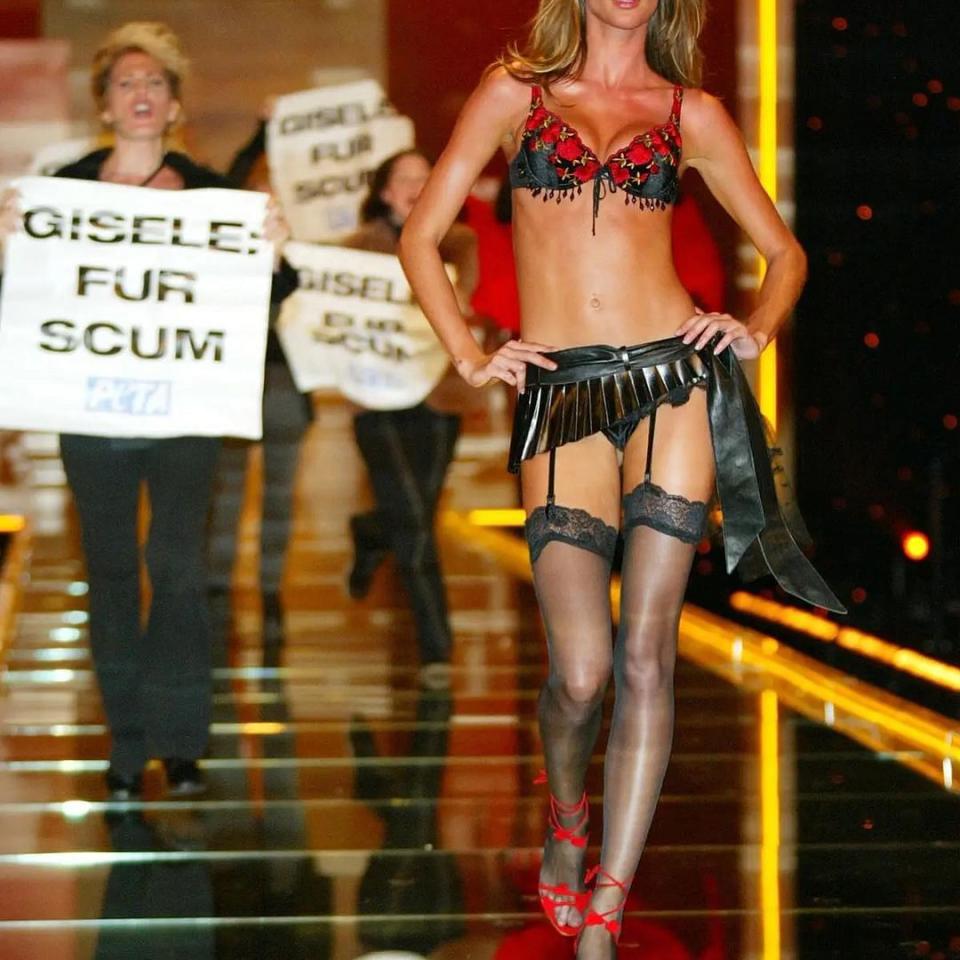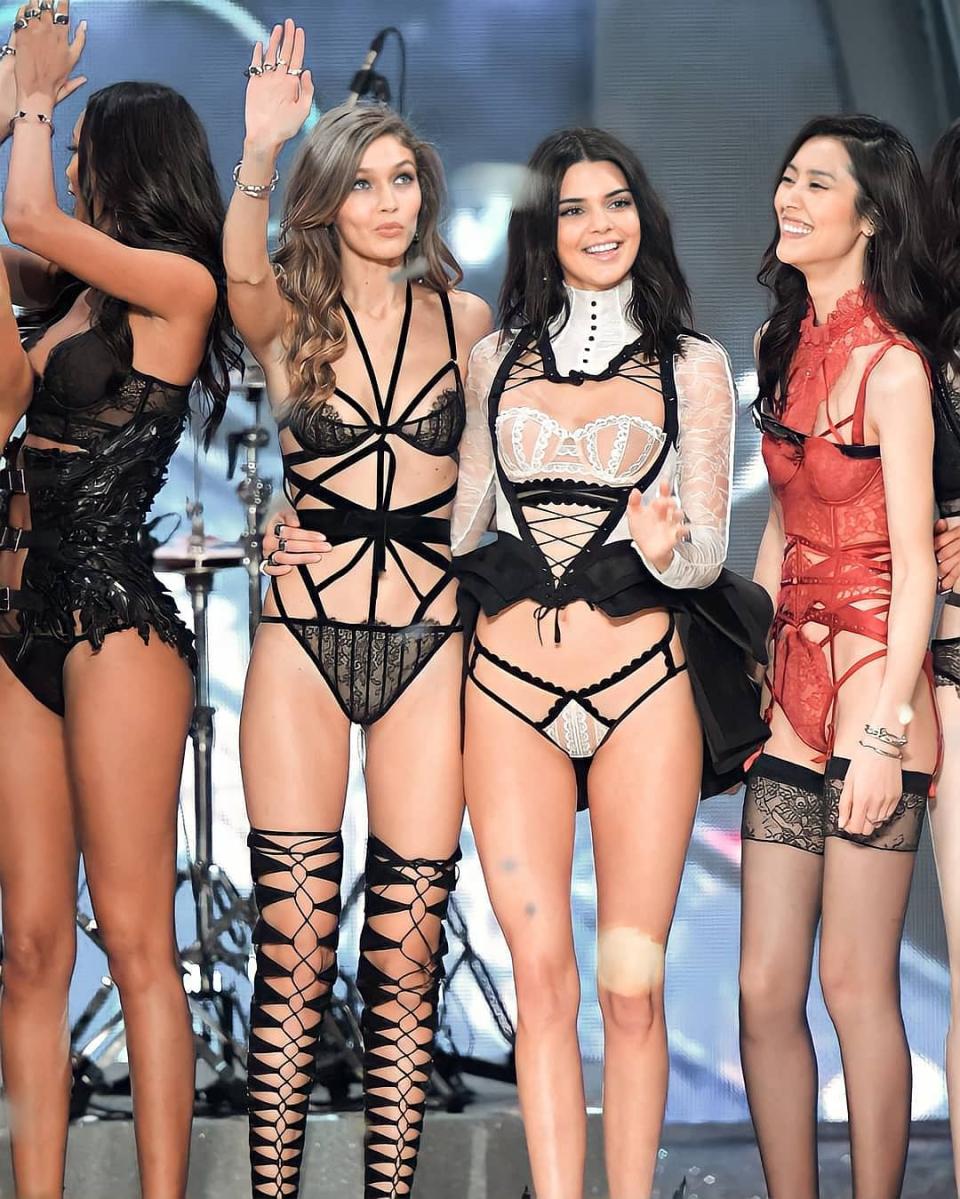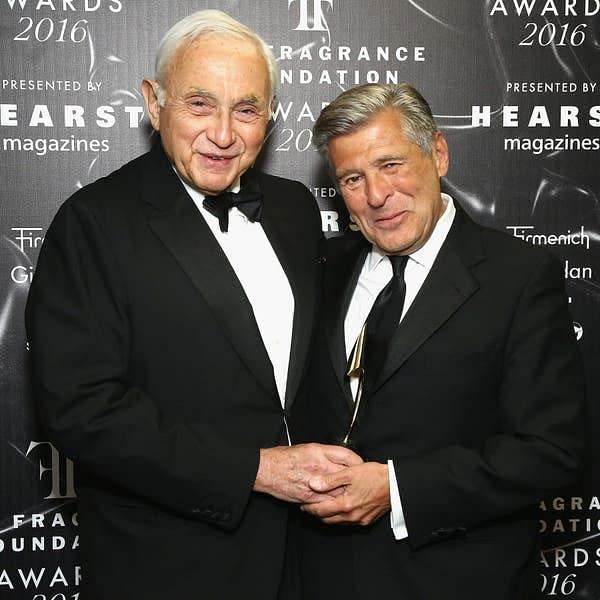Victoria’s Secret's Inclusivity Must Be Appreciated, Not Applauded

Victoria's Secret as a stand-alone entity, is attempting a mammoth task in trying to recreate their brand image. Moving away from its size zero ‘Angels’ clad in rhinestones and wings, the company has presented ‘The VS Collective’— a group of seven women who will spearhead the brand’s revamp.
The seven are: Football player and gender-sexuality advocate Megan Rapinoe; Bollywood actor and producer Priyanka Chopra-Jonas; Chinese teenage skier Eileen Gu; Paloma Elsesser, a biracial plus size model; a South Sudanese refugee and model, Adut Akech; Brazilian trans Model Valentina Sampaio and photographer and journalist, Amanda de Cadanet.

This seems like a huge step for Victoria’s Secret, but with the ‘legacy’ that they boast of, albeit often infamous, they could have and should have done more, and a long time ago.
Victoria’s Secret: The Definition of 'Femininity'
In 1977, businessman Roy Raymond and wife Gaye established a company which would become an international sensation— to the point of shaping beauty standards for decades. Victoria’s Secret (VS) was envisioned upon the idea of a boudoir. Raymond had also revealed that inspiration struck after he felt ‘unwelcome’ in a lingerie store. He, ultimately, created a brand with products for women, advertised towards men.
This is a legacy VS struggles to shake, till date. Victoria’s Secret defined 'femininity' and ‘sexiness’ for years but failed to keep up with the evolution of these terms. With the rise of the feminist movement, body positivity gained traction and people wanted to see themselves represented in advertisements. In 1982, Lex Wexner of L Brands, acquired VS and the company earned millions under his leadership.

A glimpse into Victoria's Secret's fashion show from 1995.
In 1995, Victoria's Secret's trademark fashion shows were introduced to the world and the launch of the 'Angels' collection in 1997 marked a change in the standard of success for models in the industry; because of the sense of superiority and elite-ness the collection carried.

'Angels' like Gisele Bundchen and Adriana Lima were the 'face' of Victoria's Secret
As VS consolidated its stand in the lingerie market, competitors were lurking, banking on the rising distaste in consumers.
The distaste was credited to the criticism surrounding the predominantly white and slim models who walked the company’s ramps, clad in lace and jewels; and of course, the iconic wings.
The Fatal Flaw and Downfall
The timeless adage holds true: the bigger they come, the harder they fall.
2018 was probably the hardest for Victoria’s Secret’s brand. It had been 23 years of the fashion show and the models remained more-or-less similar— Barbie-esque. Sales continued to fall while competitors like Aerie, ThirdLove, and Lively rushed to take up the market share with their inclusive marketing.

Models for Aerie's #AerieREAL campaign
While the newcomers offered a wider range in sizing, VS started following suit but it wasn’t enough. Perhaps the biggest threat to the company was posed by Rihanna’s Savage x Fenty, which modelled itself on the evolving ideas of ‘beauty’ and ‘sexy’. The company’s fashion show celebrated diverse races, genders, and body types.
Savage x Fenty soon became the poster child for diversity, with a specific focus on celebrating the diversity in body types. It also debuted 40 shades of foundation for a more diverse audience. Victoria’s Secret got further embroiled in controversy after one of the top executives at L Brands, Ed Razek’s comments on trans inclusivity went viral.
Addressing the criticism surrounding the brand’s exclusion of plus-size models, people of colour and non-cis people, Ed Razek scoffed at the idea of inclusion. In an interview with Vogue, using the term ‘transsexuals’ (a term widely considered offensive), he attributed the decision to the show being rooted in a ‘fantasy’.
"“So it’s like, why don’t you do 50? Why don’t you do 60? Why don’t you do 24? It’s like, why doesn’t your show do this? Shouldn’t you have transsexuals in the show? No. No, I don’t think we should. Well, why not? Because the show is a fantasy. It’s a 42-minute entertainment special.”" - Ed Razek to Vogue
But whose fantasy?
Even the shareholders were catching up to the company’s missteps. Barington Capital's CEO, James A Mitarotonda, wrote in a letter to the company, “Victoria's Secret's brand image is starting to appear to many as being outdated and even a bit 'tone deaf' by failing to be aligned with women's evolving attitudes towards beauty, diversity, and inclusion.”
This wasn’t, however, the only time VS has been embroiled in controversy. In 2002, PETA protesters stormed a fashion show with ‘Gisele: Fur Scum’ placards, referring to one of VS’ most renowned models Gisele Bündchen. In 2012, the company, and model Karlie Kloss apologised for modelling an indigenous feathered headdress.

PETA protestors stormed the Victoria's Secret show in 2002.
The company hasn’t receded into the stone ages though. It did take steps towards diversity; but for a brand that has been, essentially, the face of lingerie for decades, it leaves you with a thought: ‘Finally!’
The changes were slow and often accused of being performative. Despite decades in the industry, Victoria’s Secret hired its first Asian model, Liu Wen, in 2009. The first Black model to walk the runaway with her natural hair was Maria Borges, in 2015. The company only hired its first (openly) trans model, Valentina Sampaio, in 2019.

Lias Ribeiro, Gigi Hadid, Kendall Jenner, Liu Wen at a Victoria's Secret's show in 2016
However, VS didn’t represent the entire fashion industry. In fact, its refusal to change with the times probably became more glaring because of the advances the industry was making. Credit where credit is due, the fashion industry is on a path of integration— for people of colour, plus-size models, non-cis people, and men (subverting the voyeuristic fascination on lingerie).
Victoria’s ‘Secrets’ Leave Much to be Desired
However, do these acts, few and far between, compensate for the years of pandering to a male-dominated audience? Or for the propagation of unrealistic beauty standards? Several Victoria’s Secret models have spoken up about their strict diet regimens; model Erin Heatherton even quit the company, citing the pressure to fit into the ‘ideal body type’.
Despite years of criticism driven by groundbreaking social change, Victoria’s Secret collaborated with Bluebella and the collaboration featured a size 14 model Ali Tate… only in 2019. However Tate also later faced accusations online of being fatphobic after her old posts resurfaced on Twitter.
In an email to Insider, Tate allegedly revealed that she was actually hired by Bluebella, which was already recognised as an inclusive brand.
Not to be forgotten, a New York Times investigation into VS’ culture revealed multiple accusations of inappropriate behaviour against top executive Ed Razek. The report also alleges that this culture was propagated by the management within the company and models who spoke up against it were penalised. Razek denied the allegations against him in an email to Times, dubbing them “untrue or taken out of context”.

Lex Wesner and Ed Razek
In 2019, Victoria’s Secret came into the public eye, once again for all the wrong reasons, after it was revealed that Wexner had ties to convicted sex offender Jeffrey Epstein.
While the aforementioned moves towards inclusivity might seem staggering when condensed into paragraphs, it is important to remember that these took place over a 44 year time period.
Too Little, Too Late?
It was, one of the VS Collective’s very own Megan Rapinoe, who once called the brand’s fashion, “patriarchal, sexist, viewing not just what it meant to be sexy but what the clothes were trying to accomplish through male lens and through what men desired.”
Victoria’s Secret, however, split from its parent company this year, distancing itself from both Wexner and Razek. Under the leadership of the company’s present Chief Marketing Officer Martha Pease, the company might witness an upheaval with the Board (finally) consisting predominantly of women.
There is, however, a silver lining. The VS Collective isn’t just a ‘face’, the women will also reportedly act as advisors for the brand. The new initiative, while impressive, isn’t enough to applaud the brand, given its history of dormancy in the face of change.
Victoria’s Secret, through its skewed and one-sided lens, gradually came to be known less for those it let in and more for those it kept out. That being said, there might be hope on the horizon with The VS Collective, but this hope doesn’t make up for its past.
(With inputs from Vox, New York Times, Insider)
Also Read: Priyanka Chopra Joins Victoria's Secret as Brand Replaces 'Angels'
. Read more on Hot Take by The Quint.Day 5, WTC Final: 150 Up For NZ as India Take Second New BallVictoria’s Secret's Inclusivity Must Be Appreciated, Not Applauded . Read more on Hot Take by The Quint.

 Yahoo Movies
Yahoo Movies 
